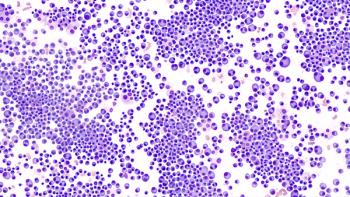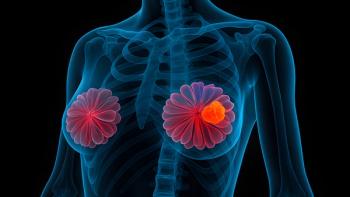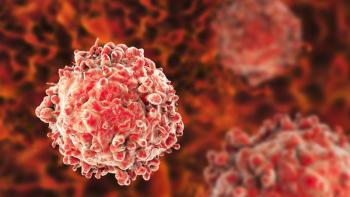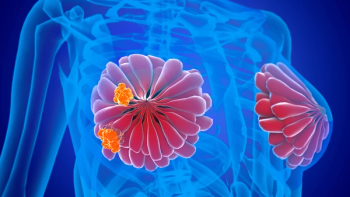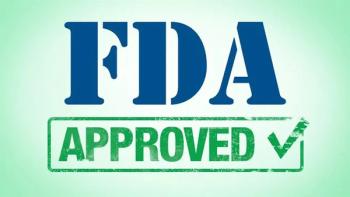
Non-Redeployment and Telemedicine Linked to COVID-19 Burnout For Oncology PAs
Rates of pay, bonus pay, and changes to funding for continuing education were not significantly linked with burnout rates.
Redeployment to other departments and not practicing telemedicine were associated with lower rates of burnout for oncology physician assistants (PAs) during the COVID-19 pandemic, according to a study published in the Journal of the Advanced Practitioner in Oncology.
Redeployment was linked significantly with lower rates of burnout compared to not being redeployed (28.0% vs 46.8%; P = .0285), while practicing telemedicine was significantly associated with a higher rate of burnout (47.3%) compared to not practicing telemedicine (15.6%; P = .0013). Overall, 77.5% of participants reported performing telemedicine visits, while redeployment was recorded in 34.7% of respondents.
“I think in our study, the fact that people that did more telemedicine were more burned out is probably related to just not having an operational system in place, as opposed to the actual process of doing the one-on-one visit through telemedicine,” said investigator Eric Tetzlaff, MHS, PA-C, DFAAPA, in an interview with Oncology Nursing News. “As we continue to use telemedicine and operationally [and] this gets more and more smooth as a process, hopefully some aspects of burnout will decrease from there.”
Participating oncology PAs (n = 146) completed a 31-question survey from October to December 2020.
Communication and Burnout
Belief that
Likewise, significant burnout was observed in those who felt communication with
“Constantly revisiting how you’re communicating with your team—are you effectively communicating, and by what means are you doing it—is really important,” noted Tetzlaff. “The use of online portal messaging has become much more prevalent in healthcare, and I think there are tremendous benefits to that, but then there are also going to be downsides to where we’re spending more time communicating in ways that maybe we’re not quite as comfortable with, or it’s not as personal.”
Workflow Changes and Burnout
The number of hours worked increased after the emergence of COVID-19 for 27.8% of participants, remained the same for 62.5%, and decreased for 10.4%. Burnout rates were 47.5%, 37.8%, and 26.7%, respectively, but the relationship was not statistically significant (P = .14).
Working remotely was reported in 53.5% of respondents. Of note, while not statistically significant, those who worked remotely 100% of the time (n = 4; 5.2%) and those who worked remotely for over 60% to 80% of the time (n = 5; 6.5%), burnout rates were 0% (n = 0) and 20.0% (n = 1), respectively; burnout rates in those who worked remotely up to 20% of the time, over 20% to 40% of the time, and over 40% to 60% were 42.5%, 43.8% and 41.7%, respectively (P = .13).
“Some of the non-patient facing tasks that we’re required to do…aren’t meaningful to us and those things are associated with burnout,” added Tetzlaff. “Being redeployed during a pandemic and really finding meaning in doing what you were doing at the time could have been really valuable to people using skill sets and finding meaning in their work every day, despite, the potential for that to cause lots of stress and anxiety for other reasons.”
Funding and Financial Compensation
For the majority of participants, base pay and bonus pay remained the same (85.4% vs 66.7%). Equal numbers of participants saw increases and decreases in pay (7.6% vs 7.6%) and more NPs had a decrease in bonus pay (24.3%) vs an increase (9.7%). Continuing medical
Burnout rates were not statistically significant for base pay, bonus pay, or CME funding.
The majority of participants worked in an academic medical center (63.7%), in the subspecialty of medical oncology (73.3%), and in the outpatient setting (70.5%). Participants were mostly female (90.4%), White (83.6%), and married or partnered (78.1%) with a median age of 41.
Reference
- Tetzlaff ED, Ruth KJ, Hylton HM, Hasse Z. The Impact of the COVID-19 Pandemic on Work-Life Integration of Physician Assistants in Oncology. J Adv Pract Oncol. Published online January 29, 2025. doi:10.6004/jadpro.2025.16.7.2
Newsletter
Knowledge is power. Don’t miss the most recent breakthroughs in cancer care.

